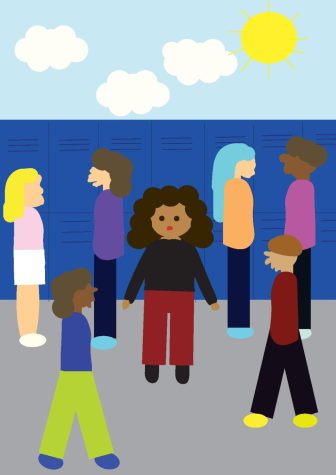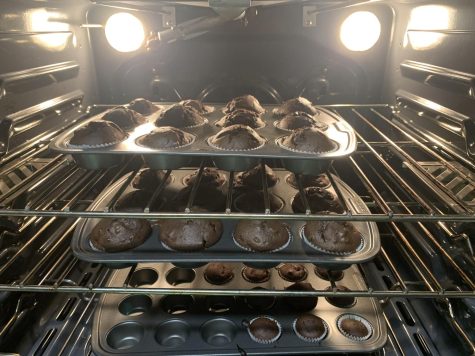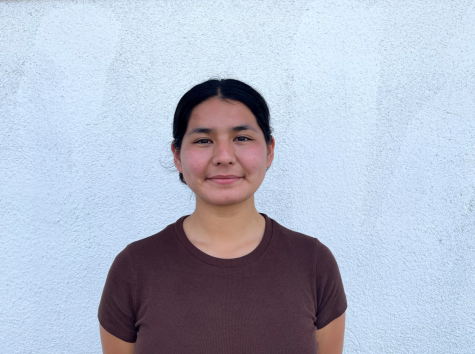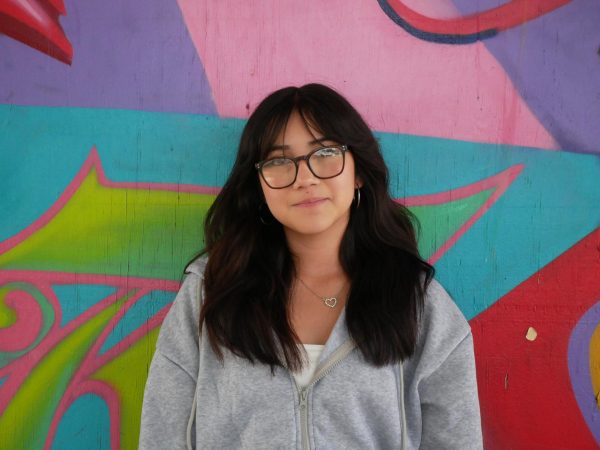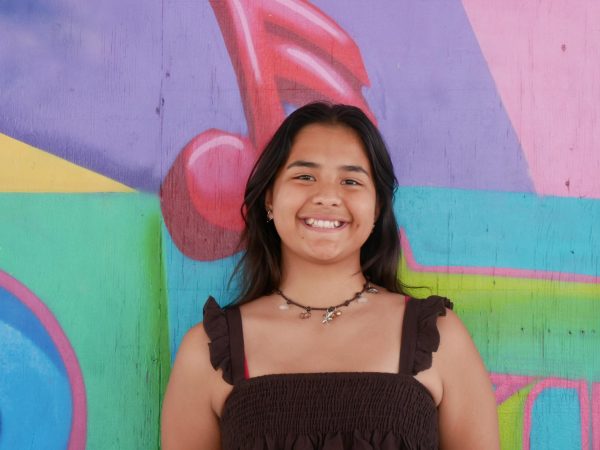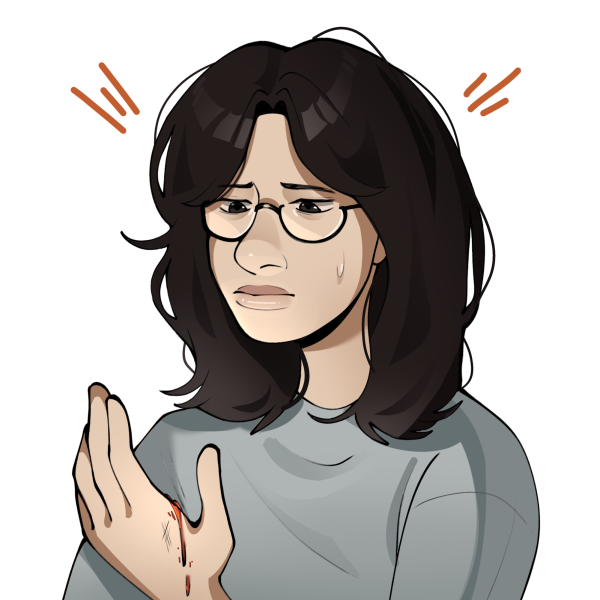“Yo soy una Chicana”
In the last few years, I have been able to identify myself as a Chicana. By indulging myself and asking questions about my culture, I have been able to learn about not only myself, but my ancestors, too.
October 17, 2021
Yo soy una Chicana. (I am a Chicana).
To be Chicana means that I get to wear the beautifully bright fabrics of my Mexican culture. It reminds me that I come from a lineage of hard-working people who’ve made sacrifices for me to be the person I am today.
I acknowledge those hard-working people by celebrating century-old traditions passed down from generation to generation and reaching for opportunities that my ancestors never had.
However, for a long time, the acceptance of my Mexican identity was buried away inside of me, collecting dust. Perhaps it was the fear of being different from my peers that delayed the embracement of my culture, or that I just couldn’t grasp what it meant at the time. Nonetheless, I had lost sight of the significance of my Mexican heritage and it was like losing a part of myself.
Not until recently did I find a deeper appreciation for my culture. While I sat at my desk on a typical night, completing assignments, I heard the sound of music trinkle into my room. Usually, I would ignore the background noise coming from my living room. However, the melody of the song instantly caught my attention. The song, I found, was called, “Sabor A Mí” (“Taste of Me”), and was produced by Eydié Gorme, an American singer, and Los Panchos, a small Mexican banda (band), changed the way I interacted with my culture.
Here before me were two different cultures coming together to create a beautiful and romantic song. It showed me that I didn’t have to be afraid of embracing my Mexican culture. If the song could incorporate two different cultures, why couldn’t I?
Now, I keep a simple list to remind myself of the beauty of my culture:
- The bright orange petals of the cempasúchil (marigolds) are significant to honor my ancestors during el Día de los Muertos (the Day of the Dead).
- My great-grandmother’s secret pozole recipe—a soup dish that includes beef and hominy, accentuated by different spices—has warmed many hearts and will soon be passed down to me.
- The intonation of the Mexican language is almost never spoken monotonously. It has valleys and hills and beautiful curves.
Now, I know what it means to wave those brilliant and exotic colors of my Mexican culture. Nonetheless, there is still so much I want to learn about the music, food, people, dance and art that is associated with my Mexican heritage. Through the embodiment of my Mexican culture, I not only reflect deeper upon myself but recognize my ancestors. Because yo soy una Chicana.



